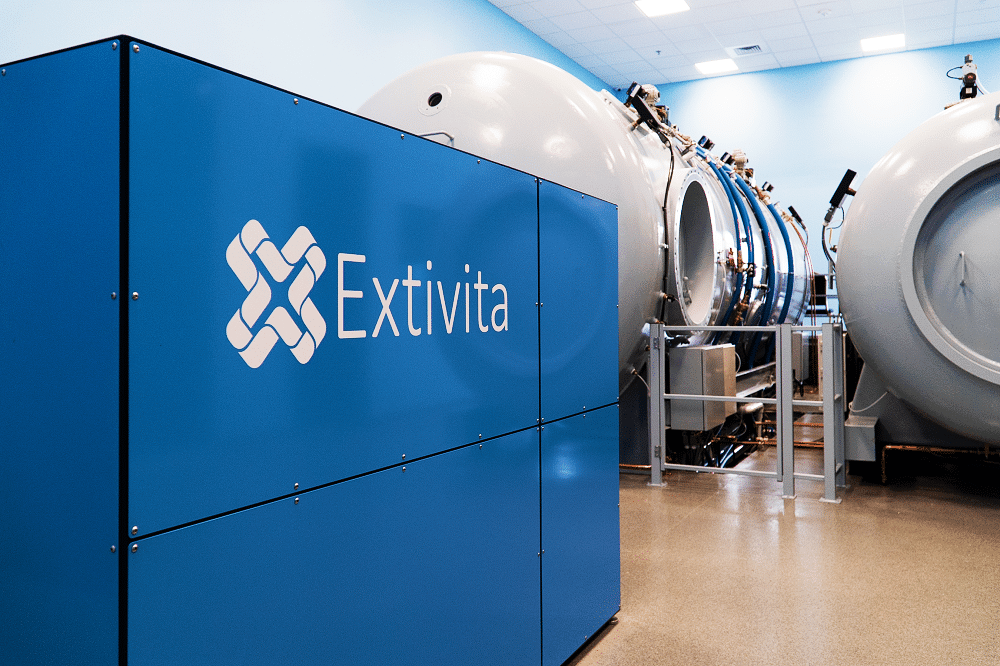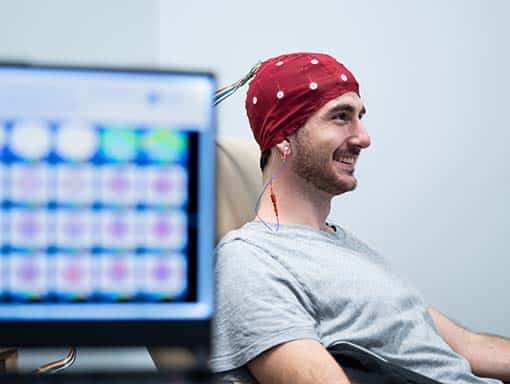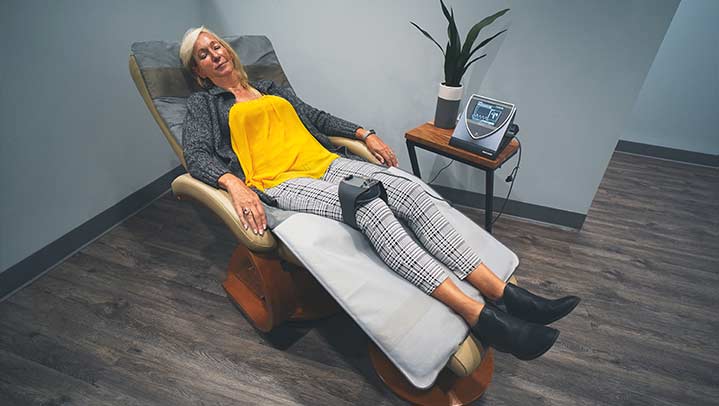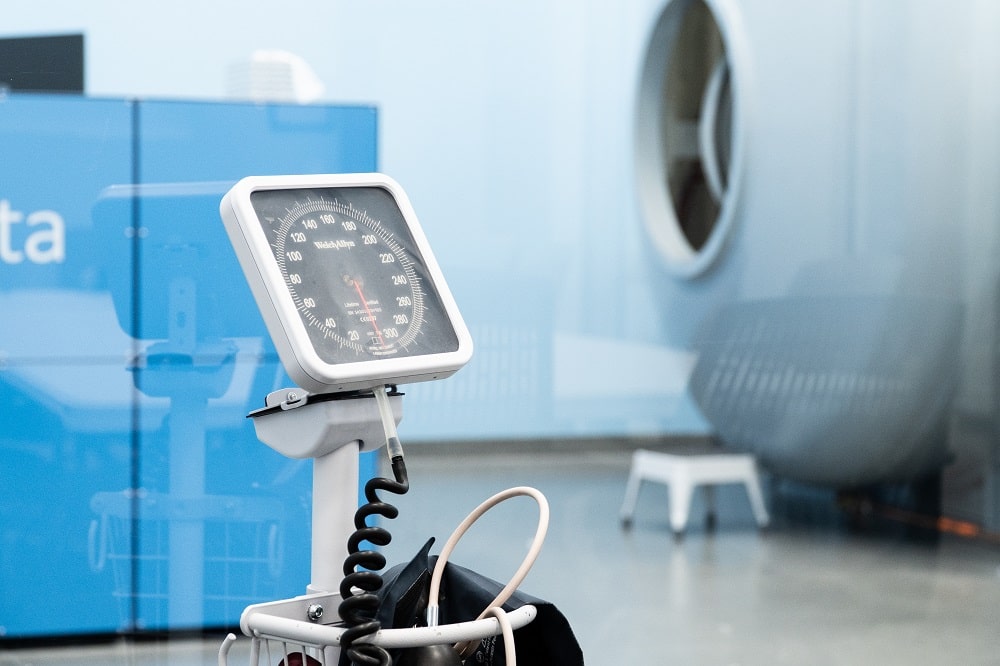Lyme Disease
Lyme disease (LD) (and Chronic Lyme Disease or CLD) is a bacterial illness caused by Borrelia burgdorferi, a bacterium transmitted by hard-bodied ticks (1). The bacteria cause issues to many bodily systems, resulting in fevers, headaches, fatigue, skin rashes, joint and heart pain, and nervous system issues (2,3). Hyperbaric oxygen therapy may provide some benefits to those with persistent (chronic) Lyme disease that is not managed by antibiotics.
Extivita Therapies for Lyme Disease:
Extivita Therapies for Lyme Disease Recovery:

Hyperbaric Oxygen Therapy

Neurofeedback

Supplements

IV Therapy

Pulsed Electromagnetic Field Therapy
Hyperbaric Oxygen Therapy for Lyme Disease:

One study of 75 individuals found that nearly 90% experienced significant improvement or even cessation of their symptoms that lasted up to 6 years post-HBOT treatment. Such improvements included reduced fatigue, reduced joint pain, and improved cognitive function and memory. These patients remained on their antibiotics throughout the treatment(4).
Effects of HBOT on Lyme Disease & Chronic Lyme Disease:

Antibacterial & Antimicrobial

Increased Stem Cell Activity

New Blood Vessel Formation

Neurofeedback for Lyme Disease:
Neurofeedback (NF) has been shown to help decrease symptoms of Lyme disease. NF sessions can help with fight or flight response from LD. These include symptoms like anxiety, mood disturbance, sleep disturbance, fatigue, poor concentration, and brain fog. Although it will not mitigate the disease itself, neurofeedback can help calm the nervous system and restore functions that improve quality of life (5).
IV Therapy for Lyme Disease:
Patients with Lyme disease often present with extreme fatigue, brain fog, headache, leaky gut and joint pain. Lyme disease usually has multiple overlapping factors contributing to illness which include infection, immune dysfunction, and inflammation. Detoxification is important in a vast majority of patients with LD. For our patients with LD, we offer Vitamin C (with other vitamins and minerals added), glutathione, and normal saline for hydration (in patients who might also have dysautonomia/POTS)(6).
Learn more about IV Therapy…


Pulsed Electromagnetic Field Therapy for Lyme Disease:
Micro vessels play a big role in overall course of vascular diseases. Dysfunction to this system has been linked to a multitude of illnesses. The PEMF device has been shown to optimize the microcirculatory system, increasing perfusion to tissues and organs. When used in conjunction with HBOT, oxygen rich blood can be delivered to these areas, where healing can begin (7).
Learn more about PEMF Therapy…
News & Research for for Lyme Disease:
Hyperbaric Oxygenation for Lyme Vasculitis
Purpose It is the purpose of this paper to demonstrate the positive effects of hyperbaric oxygenation on severe encephalopathy occurring in Lyme Disease as a synergistic treatment with antibiotics. Summary Lyme disease is a tick-borne disease caused by a Borrelia...
Chronic Lyme Disease
What is "chronic Lyme disease?" Lyme disease is an infection caused by the bacterium Borrelia burgdorferi. In the majority of cases, it is successfully treated with oral antibiotics. In some patients, symptoms, such as fatigue, pain and joint and muscle aches,...
Lyme disease: sudden hearing loss as the sole presentation.
Abstract: Lyme disease is an uncommon tick-borne multisystemic infection caused by Borrelia burgdorferi. The most common clinical manifestation is erythema migrans. In this report, a very unusual presentation of this condition is described, in which sudden onset...
References
- Shapiro, Eugene D. “Borrelia Burgdorferi (Lyme Disease).” Pediatrics in Review, vol. 35, no. 12, Dec. 2014, pp. 500–09.
- Huang, Chien-Yu, et al. “Hyperbaric Oxygen Therapy as an Effective Adjunctive Treatment for Chronic Lyme Disease.” Journal of the Chinese Medical Association, vol. 77, no. 5, May 2014, pp. 269–71. ScienceDirect, doi:10.1016/j.jcma.2014.02.001.
- Chronic Lyme Disease | NIH: National Institute of Allergy and Infectious Diseases. https://www.niaid.nih.gov/diseases-conditions/chronic-lyme-disease. Accessed 18 Dec. 2019.
- Fife, W. P., and R. A. Neubauer. Hyperbaric Oxygenation for Lyme Vasculitis. p. 10. http://www.oceanhbo.com/PDF/HBO_lyme_vasculitis(1).pdf
- Valdeane W. Brown PhD (1995) Neurofeedback and Lyme’s Disease:, Journal of Neurotherapy: Investigations in Neuromodulation, Neurofeedback and Applied Neuroscience, 1:2, 60-73, DOI: 10.1300/J184v01n02_05
- Fried, Martin; Abel, M; Pietruccha, D.; Bal, A. THE SPECTRUM OF GASTROINTESTINAL MANIFESTATIONS IN LYME DISEASE, Journal of Pediatric Gastroenterology & Nutrition: October 1999 – Volume 29 – Issue 4 – p 495
- https://www.imin-org.eu/images/science/Haug-Report-Bemer_2016_Englisch.pdf



